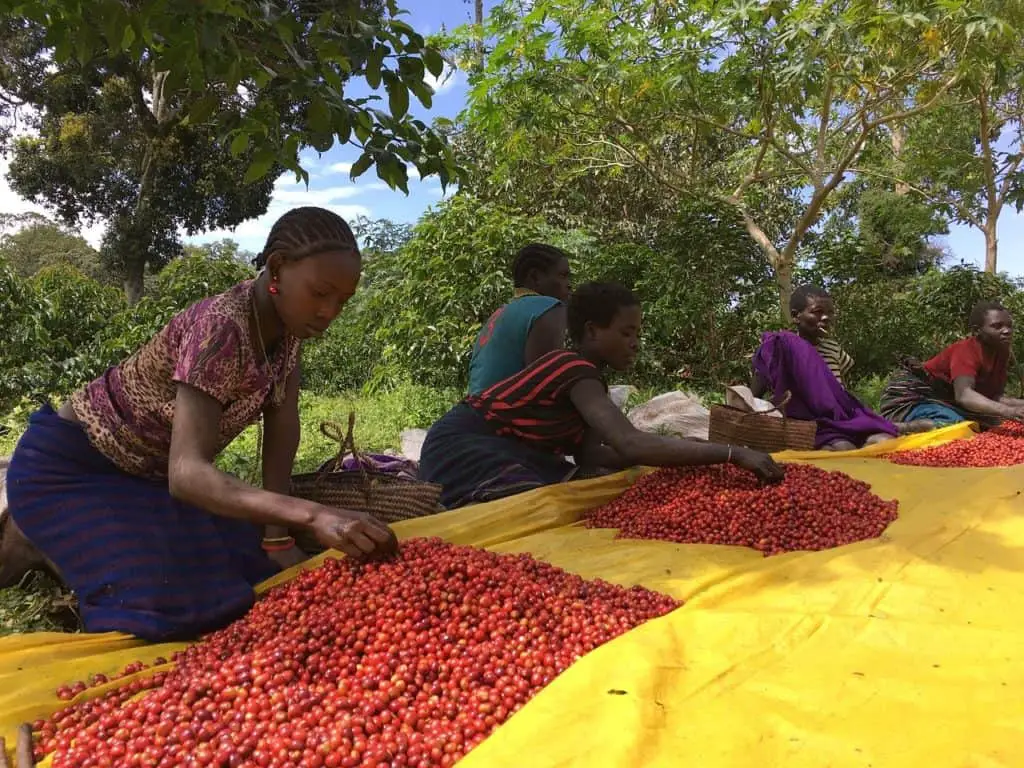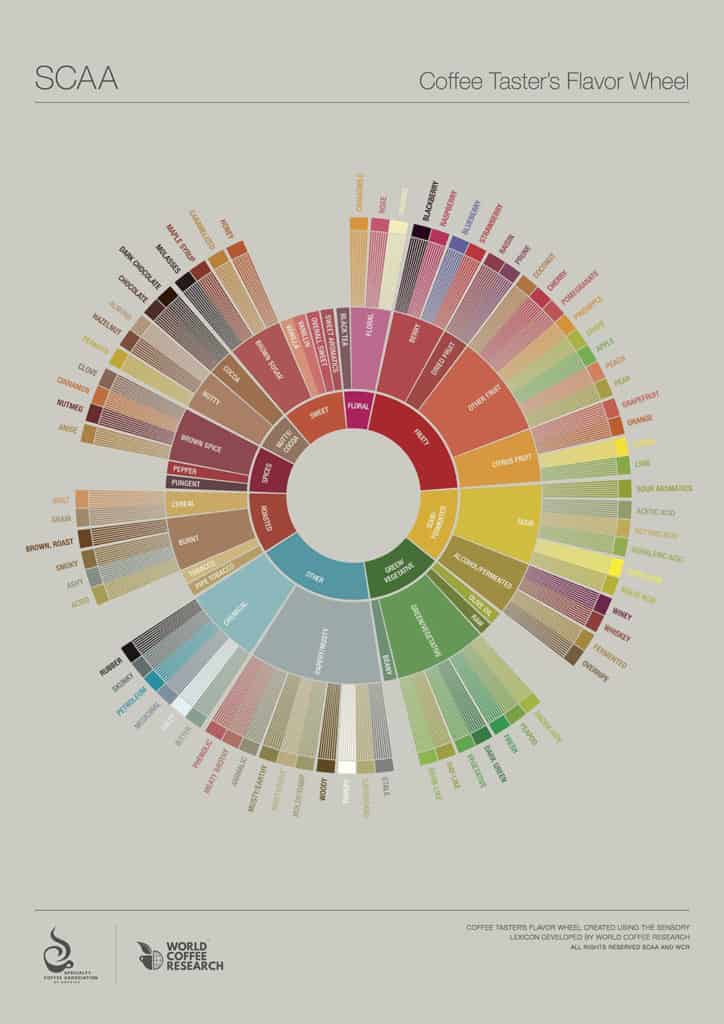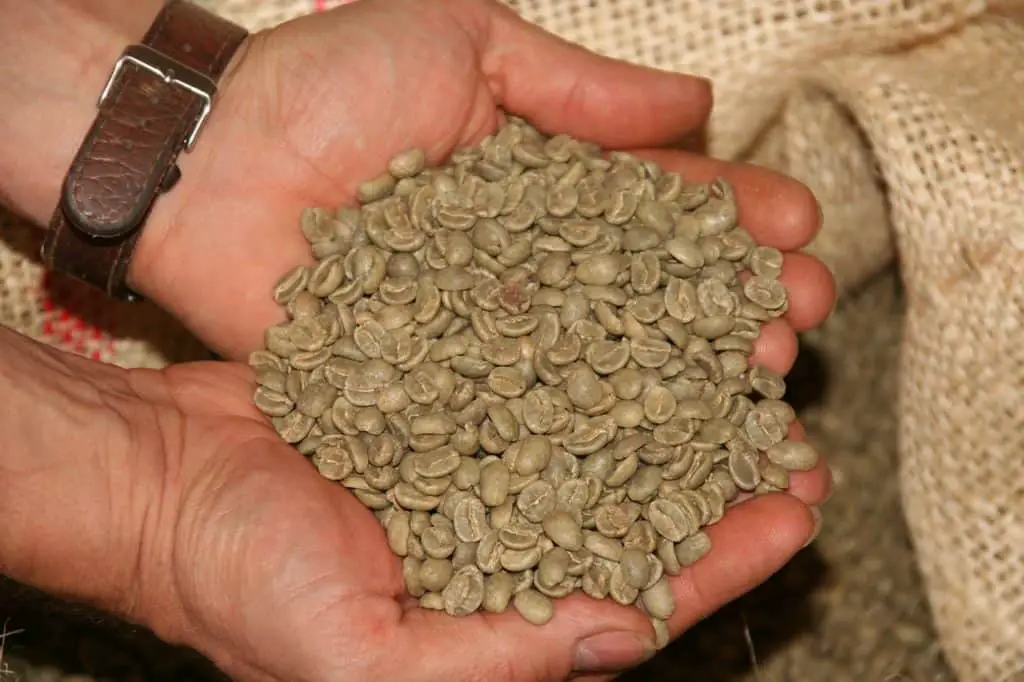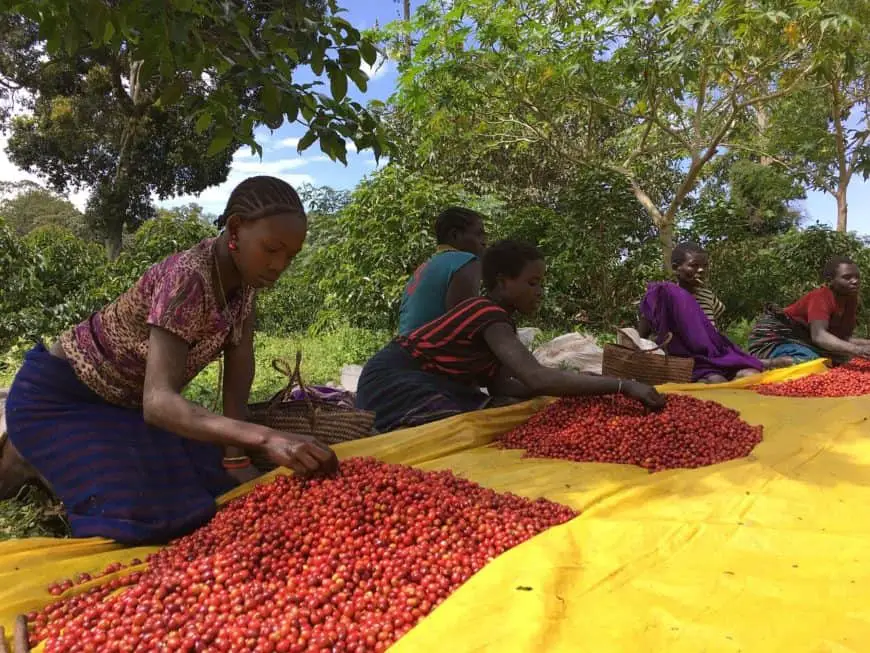
Single origin coffee is coffee that comes from the same country, estate or even cooperative. Certain single origin coffee can be labeled as coming from a certain area on a particular coffee farm.
If you are a coffee fanatic you probably know that a lot of specialty coffee shops have only single origin coffees instead of blends. And you might wonder what is the difference between single origin coffee and coffee blends?
It’s time to explore what single origin coffee really means, how it is different from a coffee blend and why it matters so much these days.
The 6 different Types of Single Origin Coffee
Single origin coffee can mean a few different things depending on how where your coffee is harvested and produced but can be broken down into the following categories,
1. Single Country
As I mentioned above, the first single origin type is the one that comes from one single country or region. Here we witness the first distinction between single origins and blends, with the single origin beans being considered superior.
2. Single Estate
these are coffee beans that have been cultivated in a single farm. Single estate coffees are usually of exceptional quality and do not produce many bags of coffee.
3. Single Cooperative
There are many countries that have their own coffee cooperatives, who are responsible for processing coffee beans from many different small farms of the area. This is happening because there are many farms that yield only a small quantity of coffee beans each harvest.
The cooperative brings these coffee beans together and processes them as a single lot. Since a cooperative is working together with a lot of different farmers, there are certain quality checks in place to ensure the best harvesting methods are being followed.
4. Micro Lot
This single origin type refers to coffee cherries cultivated in one single plot of land in a coffee farm. The decision to keep a micro lot in the farm can be quite costly for the farmers, since the coffee needs to be processed in a very small scale.
Consequently, buying micro lot coffee beans can be quite expensive. This is why micro lot coffees are usually of exceptional quality and reach a small yield of about 50-70kg.
5. Macro lot
This term is similar to the single country/region, meaning that the coffee beans have a distinctive flavor profile that represents a specific area.
6. Nano lot
Just when you thought it doesn’t get smaller than micro, the nano lot is here to prove you wrong. A nano lot represents a similar concept to the micro lot only, you guessed it, smaller. The same principle goes for the price and the quality of the coffee beans.
With so many specific single origin types, it is no surprise that a few coffee professionals support the idea that single country coffees should be considered blends.
This is justifiable if you think about all the different variables at play when cultivating coffee. For example, two farms in Brazil will have a different way of processing the coffee cherries, or their farms will vary in terms of soil, elevation, climate etc.
So how can we expect the coffee beans of these two farms to be considered the same just because they grew in the same country?
How Does Single Origin Coffee Taste?

So, what does “origin” have to do with the flavor profile of your coffee? To understand this you need to remember that coffee beans are the seeds of the coffee cherry plant.
That classifies it as an agricultural product and as such it is primarily affected by the environment it grows in. Many coffee professionals talk about elevation when referring to one of the variables that affect the flavor of the coffee. The elevation is measured in meters above sea level (m.a.s.l.) and it’s known to affect the sweetness of the coffee beans.
Another variable that is affected by the origin is the varietal of the coffee bean. The most common coffee bean variety is the Arabica one, but it can be broken down to about 50 varietals depending on which region it’s grown in.
Other variables that play a role in the flavor profile are the soil and the rain percentage that help the coffee grow at its full potential. We must also keep in mind that farmers need to have access to many resources in order to process their coffee beans in a way that favors its unique characteristics.
Now imagine you have two apple varieties in front of you, one is a granny smith and the other one is a cripps pink. The granny smith apple has light green in color and a distinctive sour flavor. The cripps pink apple has a red color and a sweeter flavor. If you eat a bit of these two apples at the same time, there will be a confusion regarding flavor. The same principle goes for coffee blends.
Arrival of 3rd Wave Coffee
The arrival of the third wave of coffee has turned the tide in the way we consume our favorite drink. Coffee professionals around the world are making more conscious and sustainable decisions regarding the way coffee is being cultivated, exported, roasted and brewed.
However, one of the aspects that makes a coffee stand out is undeniably its origin. You would think it is perhaps straightforward to explain what single origin means but the term keeps evolving along with the specialty coffee industry.
Initially the term was used to describe a coffee from a specific country or region, for example a coffee cultivated in Brazil would be described as single origin. This is in contrast to a blend, which describes coffee beans from more than one country or region that are roasted and sold together.
The rise of single origin coffee was followed by a distinction between the flavor profiles from certain countries of origin. An example of this is the generalization that most Brazilian coffees have notes of chocolate and nuts while most Ethiopian coffees generally taste fruity.
But with the constant progression of the specialty coffee industry, a lot of farmers have been experimenting with new ways of cultivating their coffee cherries. This has given a new meaning to what single origin means today.
Is Single Origin Coffee Roasted Differently?
Many coffee professionals have been experimenting with roasting coffee beans from different origins and selling them as blends. However, specialty coffee roasters favor single origin beans because they adjust the roast profile depending on the bean’s characteristics.
In order for a roaster to do their job properly they need to know about all these climate variables we talked about above, so they can choose a way to roast their coffee in order to enhance and not to remove and unique flavors.
For them to do this with coffee beans from different origins can be quite difficult because of all the different flavor characteristics. What’s important to understand here is that if done right, coffee blends can bring together unique and complex coffee flavors but if done poorly, the result will be a bland cup of coffee.
Is Single Origin Coffee More Expensive?

As you have probably assumed single origin coffee is generally more expensive than a coffee blend and there are a few reasons for this. First of all single origin coffee is not as readily available as coffee blends in today’s market. The modern coffee consumption favors convenience, and many roasters blend coffees to sell as a commodity rather than something that can be unique.
Another reason for its higher price is that single origin coffee is grown seasonally, when the conditions for cultivating the beans are ideal. This results in exceptional coffee which rises its price.
An example of such coffee would grow in a micro lot, a nano lot or a single estate. On the other hand, blended coffee beans are grown all year round and are thus more inexpensive.
How Can I Tell if My Coffee is Single Origin?
So, after knowing all this, it’s now time to find out how you can get your hands on some good quality single origin coffee beans. Fortunately for all of us, the specialty coffee industry has progressed a lot over the past few decades.
This means that a lot of specialty coffee shops sell coffee beans for retail and the baristas are usually the best people to ask for recommendations. However, you can identify single origin coffee beans by yourself as well because all the information is on the coffee label of your bag.
The label of a specialty coffee bag is full of useful information such as the origin of the beans, which method was used to process them, their variety, their flavor notes, their roast date, the elevation level and the coffee farm/cooperative they grew in.
Many of the terms you stumbled upon here such as micro lot and single estate are likely to appear on the label. So make sure to keep an eye out and remember to ask your barista if you are not sure.
Final Thoughts
Now that you know all this, you might ask yourself, why does it matter? It is true that many farmers are experimenting with smaller cultivating environments, from single estate to micro and now nano lots. So, is going smaller that much better?
The answer to that lies in the way we choose to enjoy coffee. If you are a coffee lover but haven’t tried single origin coffee yet, there are definitely aspects of coffee you will enjoy much more if you give single origin a shot. I hope that this introduction to single origin coffee has given you an idea of how unique different coffee beans can be. Happy brewing!

